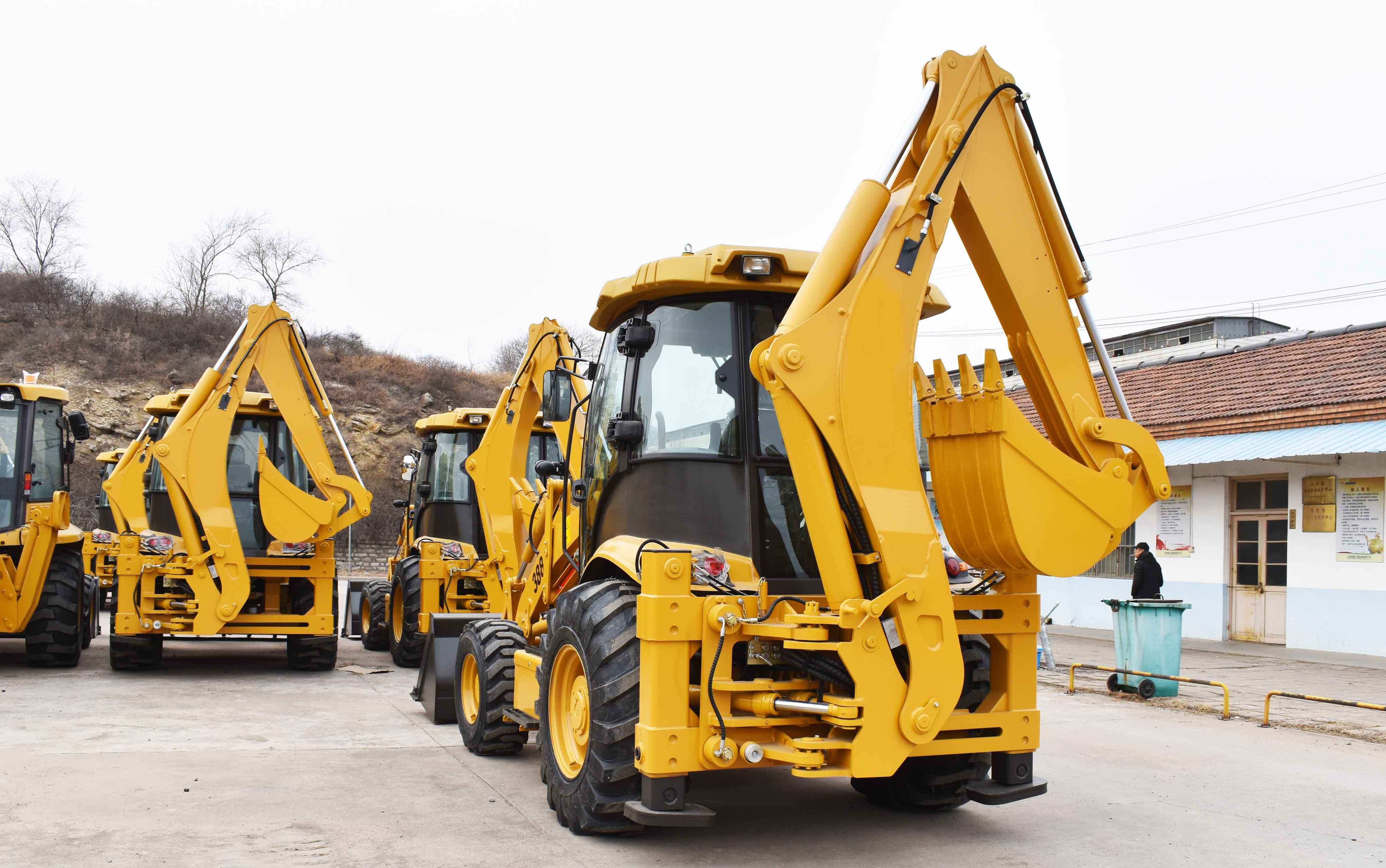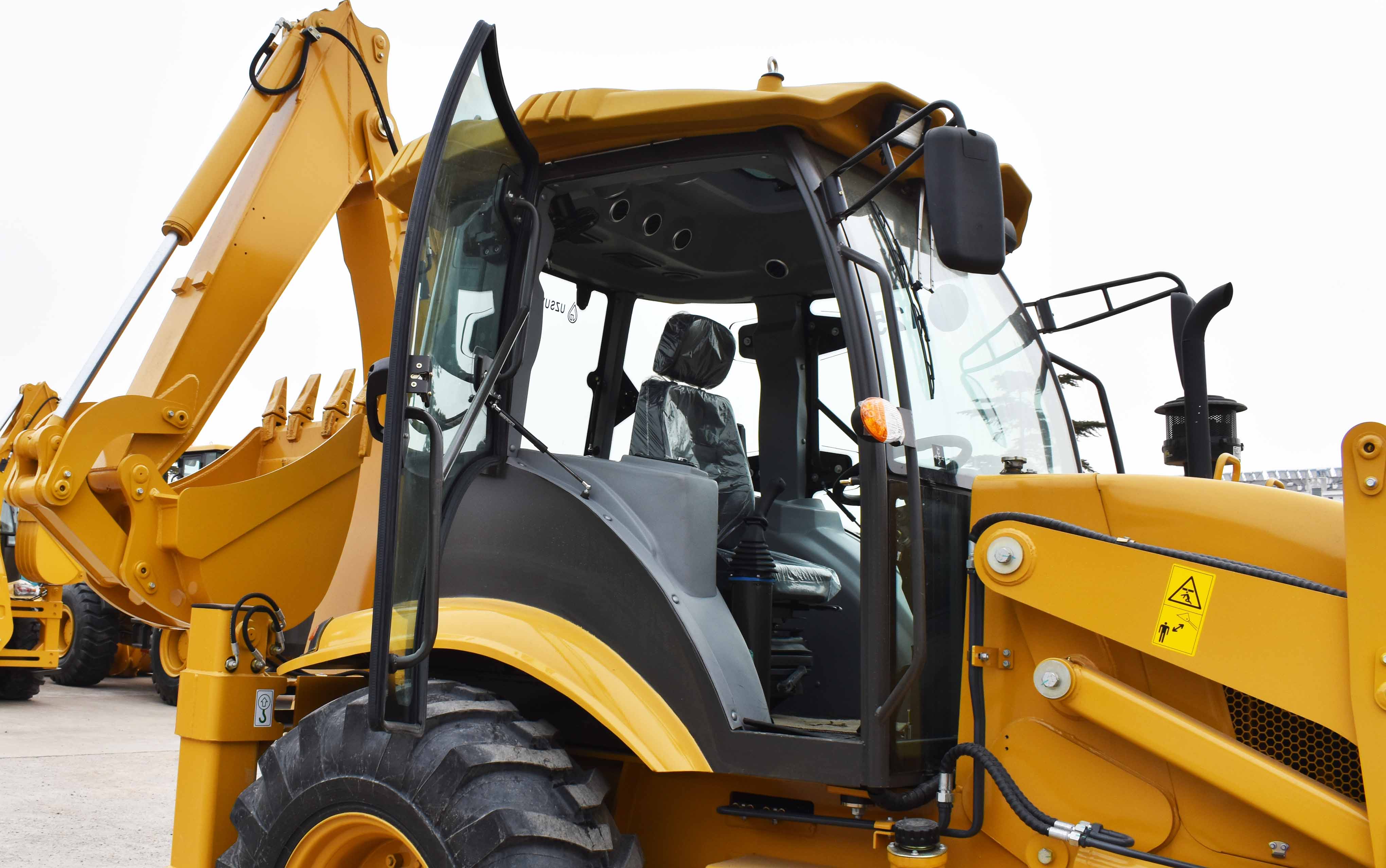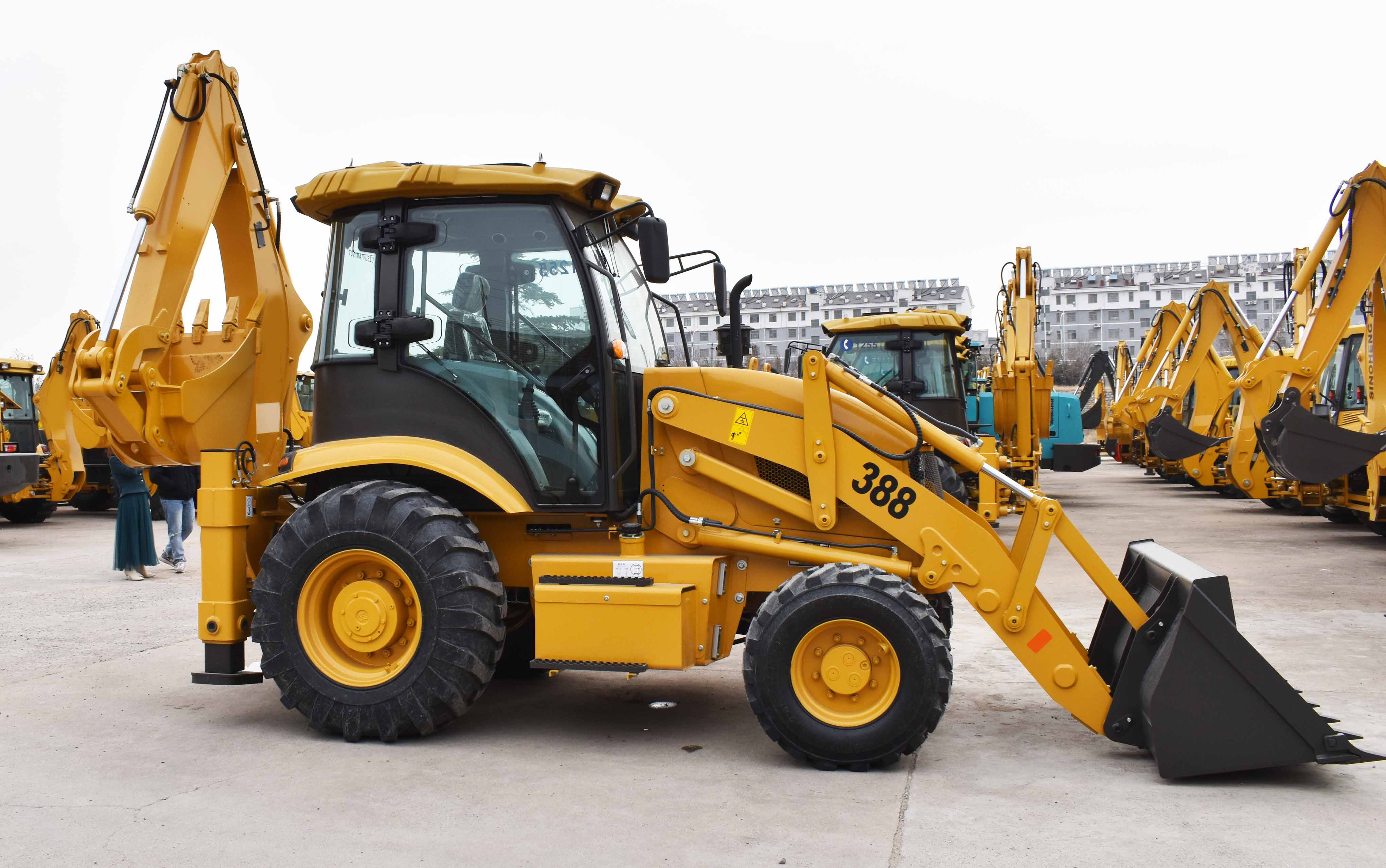In the world of heavy construction equipment, the backhoe loader and the excavator are two of the most recognizable and widely used machines. Both are indispensable for digging, trenching, and moving earth, but they are built for fundamentally different roles. For contractors, project managers, and equipment operators, choosing between the two is a critical decision that impacts a project’s efficiency, budget, and timeline. The question isn't which machine is universally "better," but rather, which is the better fit for a specific job.
While an excavator is a dedicated powerhouse for heavy-duty digging, a backhoe loader is a multi-talented utility player. Understanding their unique strengths and limitations is the key to selecting the right tool for your task.
Understanding the Core Design and Function
Before comparing their performance, let's clarify what each machine is designed to do.
1. Backhoe Loader:
A backhoe loader is a single machine with a tractor-like chassis, combining two distinct functions. On the front, it has a loader bucket, similar to a wheel loader, for scooping, grading, and loading materials. On the back, it features a hydraulic arm with a digging bucket, much like a small excavator. The machine operates on tires, is highly mobile, and is most often used for smaller to medium-sized jobs.
2. Excavator:
An excavator is a specialized digging machine. It consists of a cab, a powerful hydraulic arm, and a bucket, all mounted on a rotating house (turret) that can pivot 360 degrees. Most excavators run on tracks, which provide stability and excellent traction on soft ground. The excavator's sole focus is on digging and demolition, making it a highly efficient specialist.

Key Differentiating Factors to Consider
1. Primary Function and Task Versatility
This is the most significant difference between the two.
Backhoe Loader:
Versatility is its Strength: The backhoe loader is a jack-of-all-trades. Its front bucket is great for backfilling trenches, moving soil, and loading trucks, while the backhoe arm is perfect for digging trenches, foundations, and utility work. It can also be fitted with a variety of attachments like breakers and augers.
Ideal for: Utility work, digging small to medium-sized foundations, landscaping, and urban construction where space is limited and multiple tasks need to be performed by one machine.
Excavator:
Specialization is its Strength: An excavator is a master of digging. Its powerful hydraulic arm and 360-degree rotation make it far more efficient for digging large, deep trenches, excavating foundations for large buildings, and performing demolition work.
Ideal for: Large-scale excavations, deep trenching, mass earthmoving, demolition, and heavy-duty lifting.
2. Size, Maneuverability, and Mobility
The mobility of the machines impacts how they get to and operate on a job site.
Backhoe Loader:
Size: Generally smaller and more compact than most excavators, especially when considering the range of models.
Mobility: Runs on tires and is street-legal in most places, meaning it can drive itself between job sites. This saves on transportation costs and time.
Maneuverability: Excellent on asphalt or concrete, and nimble in tight urban environments. However, its tire-based traction can be a limitation in very soft, muddy, or sandy conditions.
Excavator:
Size: The size range is much broader, from mini excavators that are more compact than a backhoe to massive excavators weighing hundreds of tons.
Mobility: Due to tracks, it is not street-legal and requires a lowboy trailer for transportation between jobs. This adds to a project's logistics and cost.
Maneuverability: Its tracks provide superior stability and flotation on soft, uneven, or muddy terrain where a backhoe loader might get stuck. The 360-degree rotation allows it to dig and dump without repositioning the entire machine.
 3. Power, Digging Depth, and Reach
3. Power, Digging Depth, and Reach
For digging-focused tasks, these are the most important metrics.
Backhoe Loader:
Power: Has good power for its size, but it is limited compared to a dedicated excavator. It relies on stabilizers to anchor the machine when digging, and its digging motion is constrained to a fixed radius behind the machine.
Depth and Reach: Its digging depth and reach are limited by the length of its arm. It must be frequently repositioned to dig a long trench.
Excavator:
Power: Offers immense hydraulic power for digging through tough materials like rock, compacted soil, and concrete. The 360-degree rotating house allows for continuous digging and loading without moving the chassis.
Depth and Reach: Can dig much deeper and with a much longer reach. This makes it ideal for large excavations and deep utility trenches.
4. Cost and Efficiency
Budget and productivity are always a primary concern.
Backhoe Loader:
Cost: Generally a lower initial purchase price and lower operating costs than an excavator of similar size. The ability to drive to a job site also saves on transportation expenses.
Efficiency: Highly efficient for tasks where it can perform both loading and digging duties. It saves the cost of having two separate machines and two operators. However, for a single, large-scale task like mass excavation, its efficiency is lower than a dedicated excavator.
Excavator:
Cost: Higher initial purchase price, and the cost of transport between jobs must be factored in. Larger models also have higher fuel and maintenance costs.
Efficiency: For pure digging and heavy lifting, its efficiency is unmatched. Its speed and power can complete large jobs in a fraction of the time a backhoe loader would take.
5. Attachments and Specialized Uses
The versatility of attachments can define a machine’s value.
Backhoe Loader:
Attachments: Can use a range of attachments on both the front and back, including hammers, augers, grapples, and forks. This dual-functionality with attachments makes it a highly versatile tool.
Examples: Ideal for a small contractor who needs one machine to dig a foundation, move a pallet of materials, and then drive to the next site.

Excavator:
Attachments: Offers a huge variety of attachments, including hydraulic hammers, rock crushers, grapples, shears, mulchers, and magnets. The excavator’s powerful hydraulics and 360-degree rotation allow it to perform a vast range of tasks beyond digging, especially in demolition and forestry.
Examples: A large excavator with a hydraulic hammer can demolish an entire building, a task far beyond the capabilities of a backhoe loader.
6. Brand and Model Considerations
The choice of manufacturer impacts a machine’s performance, reliability, and after-sales support.
Established Brands: Global leaders like Caterpillar, Komatsu, and John Deere offer a wide range of both backhoe loaders and excavators, from mini excavators to massive production models. Their reputation for quality, extensive dealer networks, and robust parts availability is a key factor in their popularity.
Value Brands (e.g., MYZG / ZGLOADER): Chinese manufacturers such as MYZG and ZGLOADER are increasingly offering competitive alternatives. Their backhoe loaders and excavators are often more affordably priced, making them an attractive option for businesses with tighter budgets or in developing markets. While their brand recognition might be lower, their build quality and features are improving, making them a viable consideration. It is always important to vet their local dealer network and parts availability, as this is crucial for minimizing downtime.
The Final Verdict: Which is Better?
The answer to which is better is entirely dependent on the job.
Choose a Backhoe Loader if:
You need a single machine to perform multiple, varied tasks on a job site (digging, loading, grading).
Your projects are small to medium-sized.
You work in urban or confined spaces where maneuverability is key.
You need to move the machine between job sites frequently and want to save on transport costs.
Choose an Excavator if:
Your primary task is heavy-duty, large-scale digging, excavation, or demolition.
You need to dig deep, wide trenches or foundations.
You work on soft, muddy, or unstable terrain where the stability of tracks is essential.
You have the budget and infrastructure to transport a larger machine.
In many large-scale operations, you will see both machines working in tandem: an excavator handles the main digging and mass earthmoving, while a backhoe loader handles the finishing work, utility trenching, and site cleanup. The best choice for your fleet is the one that aligns most closely with your typical project requirements, budget, and logistical needs.
Post time:Aug.08.2025
